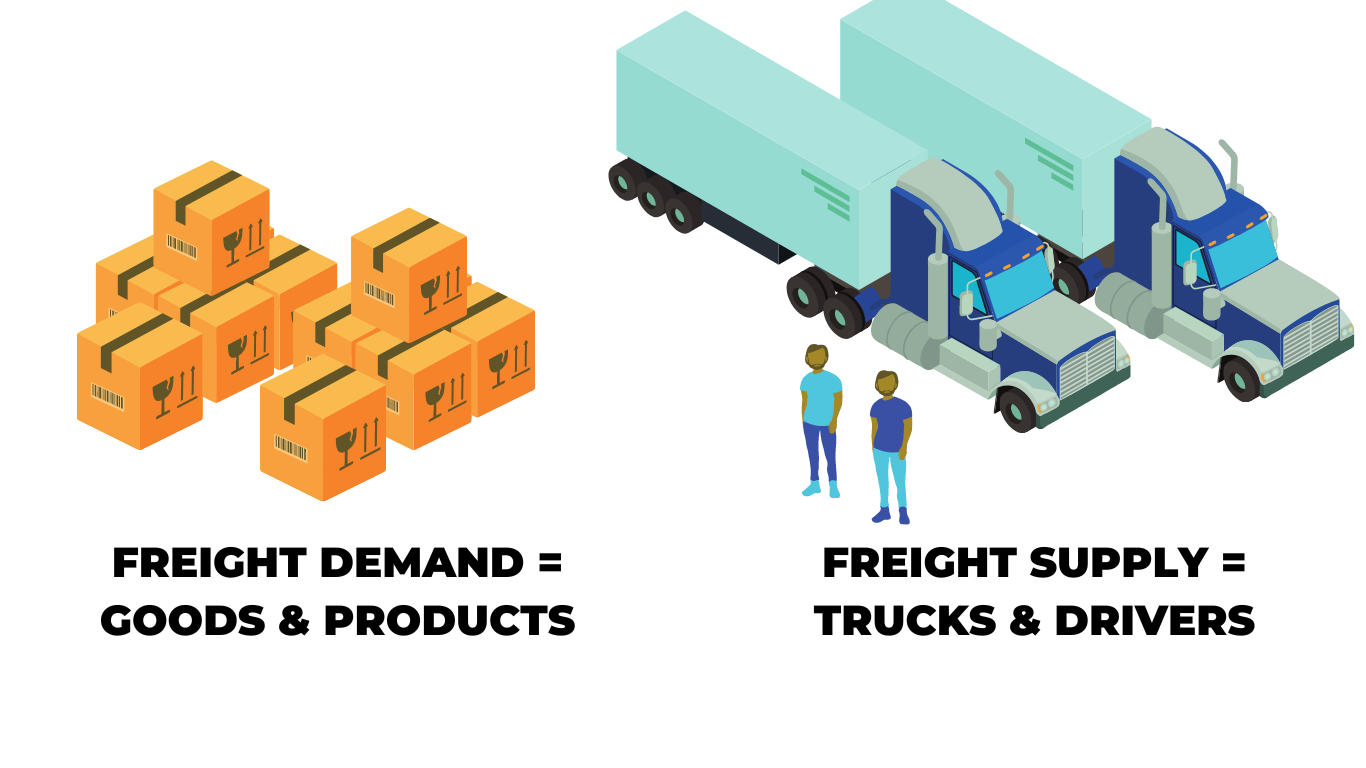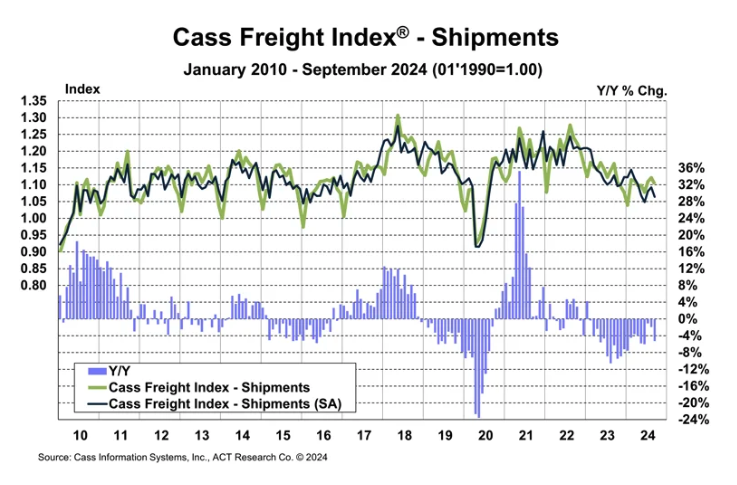The term freight refers to the transportation of bulk goods through various modes such as trucks, trains, ships, and airplanes. Freight rates are the costs that shippers pay to carriers for transporting their cargo, particularly in the truckload (TL) market. These rates are influenced by a variety of factors, including economic demand, fleet availability, fuel prices, the weight and dimensions of the shipment, the distance it needs to travel, and the nature of the goods being transported. Shippers and carriers typically negotiate these rates either through long-term contracts or on a spot basis. During key periods like request-for-proposal (RFP) season, companies rely heavily on data from sources like ACT Research and DAT to make informed decisions and craft competitive bids. Understanding current freight rate trends is crucial for businesses to adapt to the ever-changing truckload market and plan effectively for future operations. Beyond the truckload cycle (which we’ll explore in more detail), several key elements shape freight rates. According to Tim Denoyer, an analyst at ACT, "It all comes down to supply and demand." In the TL market, when demand outpaces available capacity—especially when there's a shortage of drivers or tractors—rates tend to rise. Conversely, if supply exceeds demand, rates fall. This dynamic creates a cyclical pattern that affects pricing over time. To dig deeper, let’s look at how economic demand and fleet capacity specifically impact the market. Almost every physical product sold in the economy moves via full truckload freight. The retail and industrial sectors are the two largest consumers of TL services. As the saying goes: If you bought it, a truck brought it. When the economy is strong, consumer spending increases, leading to higher freight volumes. When the economy slows, demand for goods decreases, which in turn lowers freight activity. Over the long term, freight generation per capita remains relatively stable, but slower population growth can have a lasting impact on overall freight demand and economic activity. Freight demand typically rises rapidly early in an economic expansion as businesses grow and build inventory. However, this growth often tapers off later in the cycle, leading to what’s known as a freight recession. These downturns happen more frequently than broader economic recessions and usually last between a few months to two years. The shipments component of the Cass Freight Index fell 1.7% month-over-month in September after rising 1.0% in August. In seasonal adjusted terms, the index dropped 2.6% from August to September. Year-over-year, shipments declined by 5.2% in September, following a 1.9% drop in August. As the economy grows and consumer demand shifts, fleet capacity adjusts accordingly. When inventory is restocked, freight demand decreases. Trucking capacity is not static—while older trucks are generally retired from service, they may be brought back into operation during tight market conditions when new equipment can't meet sudden demand spikes. Conversely, when the market is oversupplied, less efficient or older trucks are often replaced due to lower freight rates. This fluidity in capacity plays a major role in shaping freight rate fluctuations. During a freight recession, which we're currently experiencing, rates across all segments are declining. However, the gap between specialized trailer types—such as flatbed and reefer—relative to dry van tends to widen during the bottom phase of the cycle. As the market recovers, this spread narrows slightly, but it remains wide throughout much of the cycle before contracting again in the late stages. But is there variation between different types of freight trucking? Let's take a closer look. Dry van trucks transport dry goods in fully enclosed trailers. This is the most common and standardized form of truckload shipping, primarily used for retail products. Refrigerated (reefer) trucks carry temperature-sensitive items like food, pharmaceuticals, and medical supplies. Reefer rates tend to be more stable compared to other types of freight due to consistent demand and operational complexity. Flatbed trucks haul heavy or oversized cargo on open platforms without sides or a roof. They are commonly used for industrial goods like machinery and construction materials. Flatbed rates can be more volatile due to seasonal demand fluctuations and the nature of the cargo. Despite differences in type and use, all forms of freight are interconnected. Most tractors can handle any of the three main trailer types, which helps maintain flexibility in the market. Contract freight rates are fixed prices agreed upon for a set period, offering stability for both shippers and carriers. Spot rates, on the other hand, are short-term, on-the-spot prices for shippers without long-term agreements. While spot rates are often seen as more volatile, both options have their advantages depending on business strategy. Many companies participate in both markets to manage unpredictable shipment changes and balance short- and long-term planning. By diversifying their approach, businesses can better navigate the complexities of the truckload market. Selective Laser Sintering - Sls Stereo Light Curing Molding - Sla
It mainly uses photosensitive resin as a raw material, and utilizes the characteristic that liquid photosensitive resin will cure quickly under ultraviolet laser beam irradiation. The photosensitive resin is generally liquid, and it immediately initiates a polymerization reaction and completes curing when irradiated with a certain wavelength of ultraviolet light (250 nm to 400 nm). SLA focuses on the surface of the light-curing material by focusing ultraviolet light of a specific wavelength and intensity to solidify it sequentially from point to line and from line to surface, thereby completing the drawing of a layered cross-section.
Selective Laser Sintering - Sls,Sls 3D Printing Service,Laser Sintering 3D Printing,Selective Laser Printing Ningbo Rongna Technology Co.,Ltd , https://www.prototyping-machining.comWhat Factors Influence Freight Rates?

Economic Demand

Fleet Capacity
How Do Rates Differ Between Types of Freight Trucking?
Dry Van Trucking
Refrigerated Trucking
Flatbed Trucking
How Do Freight Rates Differ Between Contract and Spot Trucking?
